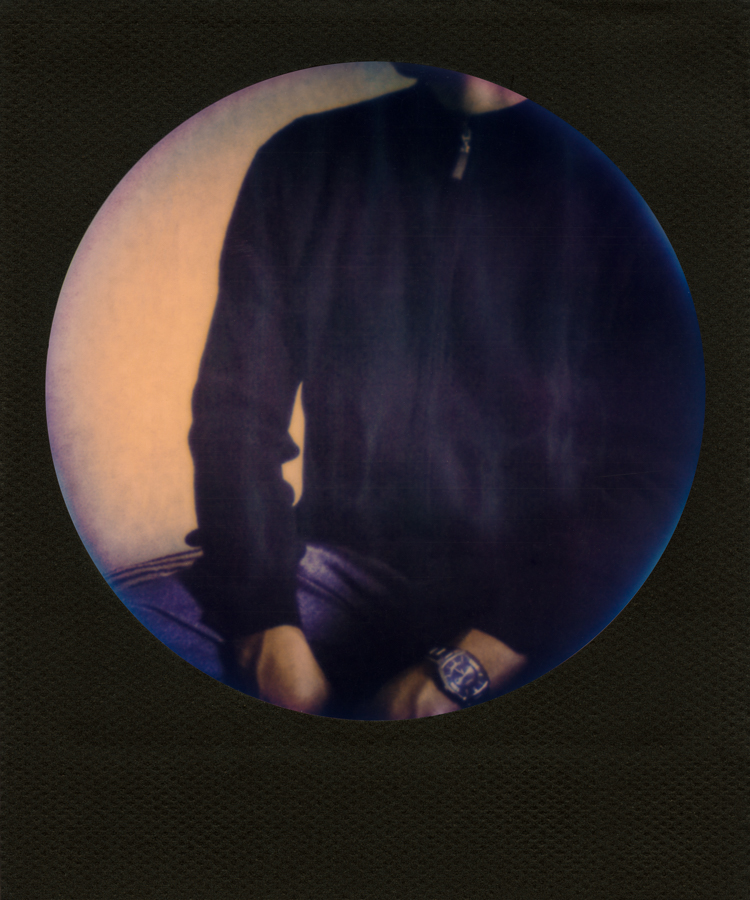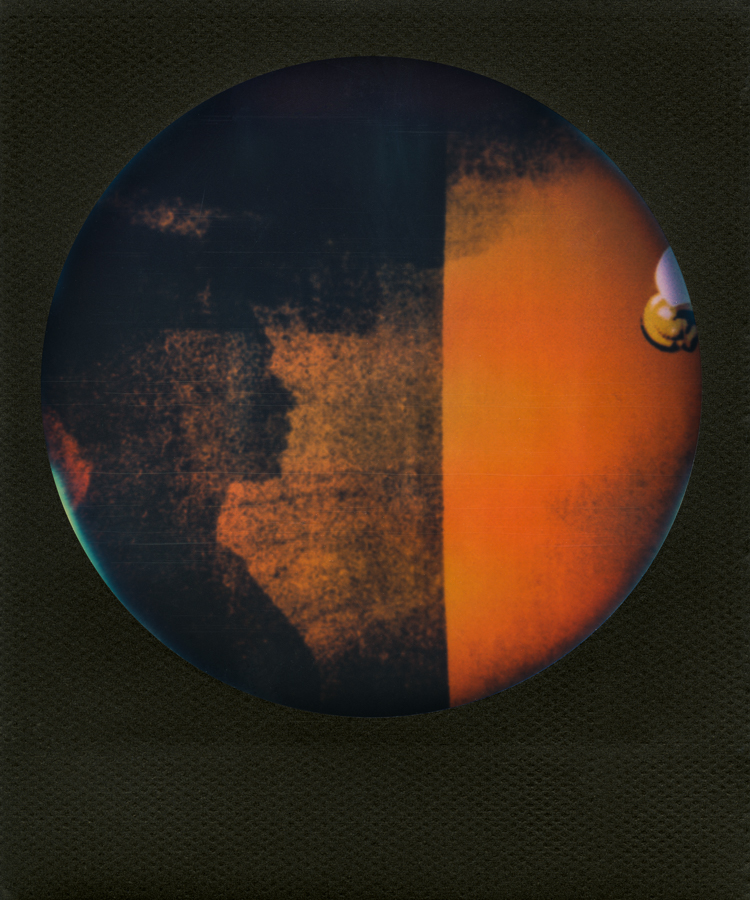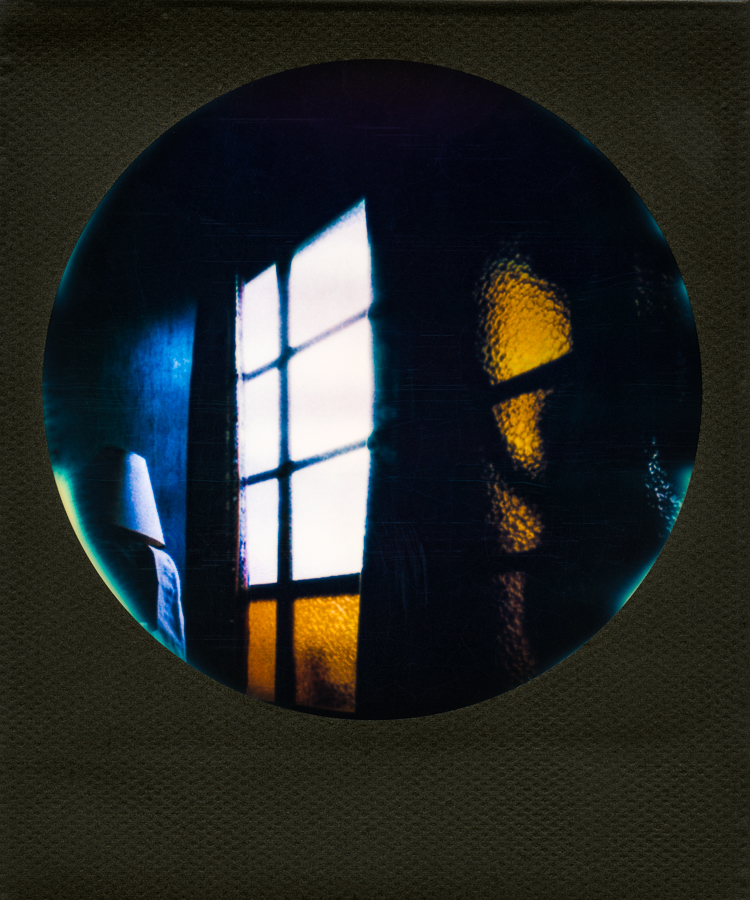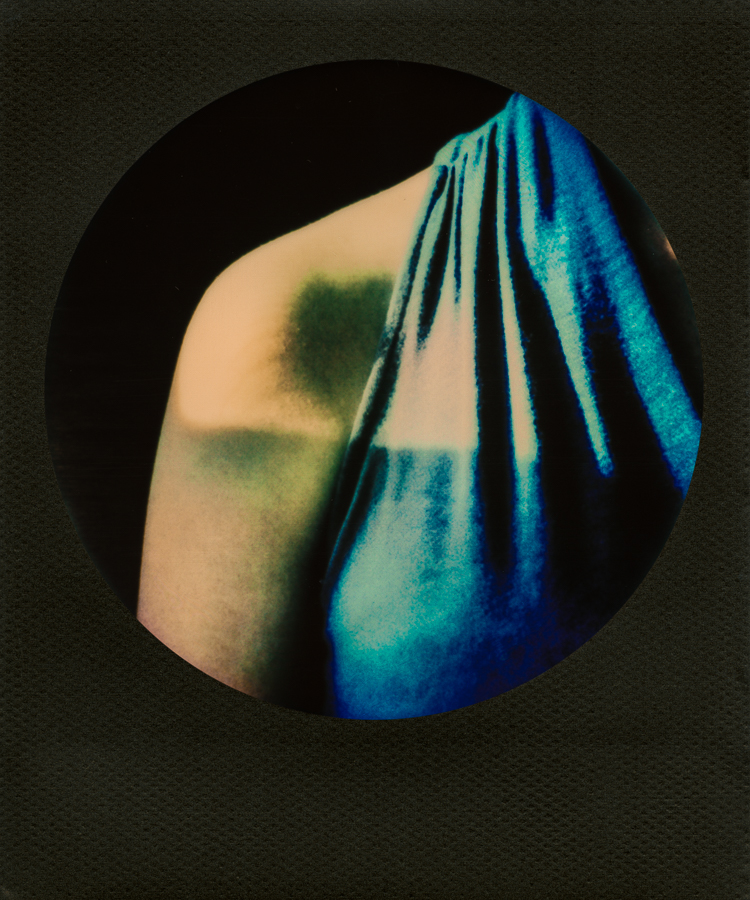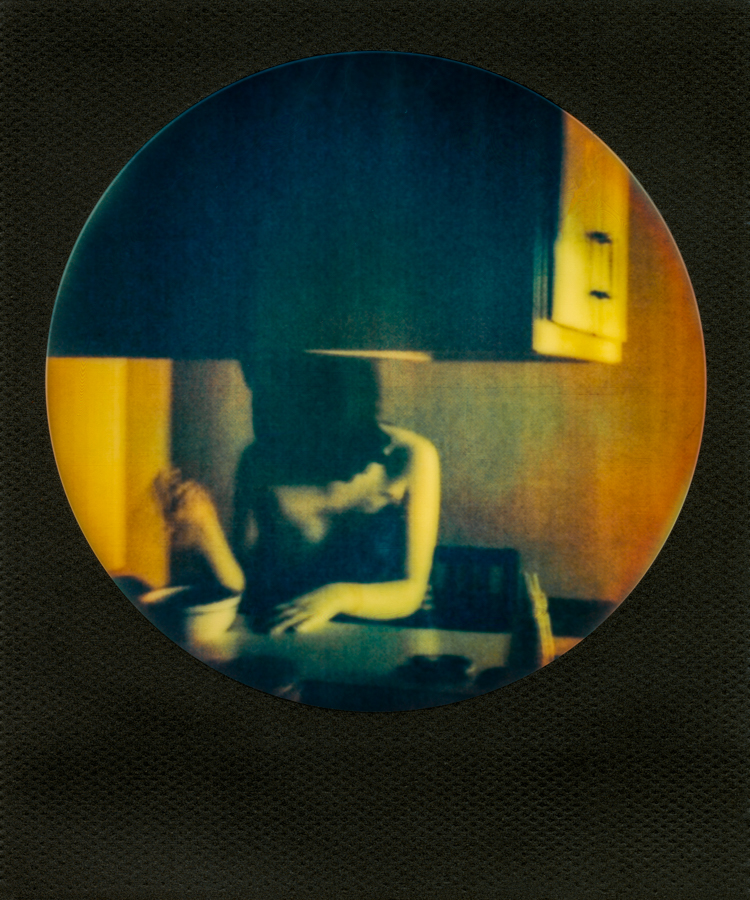Using the circular frame I telescope back in time to reconcile distinct representations of past and present self. The images in this series were captured during the struggles of early adulthood and highlight moments of love, wonder, and isolation. I use the pictures in this series as a form of therapy to cognitively restructure how I view and accept the narrative of my life.
As a neuroscientist I am keenly aware that memories are inaccurate and are at best based upon a true story. In fact, whenever a memory is recalled it is changed. Brain regions become re-activated when a powerful cue of a past event is presented. Cues can be the smell of a loved ones t-shirt, a melancholy song, a picture of a childhood friend. Reactivated brain regions become susceptible to change for a period of time, allowing new information or feelings to be inserted and integrated into our past experiences or potentially peeled away from psychological access.
Individual histories are filled with blind spots and our brains fool us into thinking that our reality is seamless.
amateur category
Prosopagnosia (Series)
DESCRIPTION
AUTHOR
Joshua Sariñana, PhD, explores the connections between the brain, art, and technology within a humanities framework, earning his neuroscience degrees from UCLA and MIT. His work seeks to blend and expand on these disciplines into new and dynamic interactions. His projects start with concepts informed by network theories, guiding and shaping his endeavors in art, science, and community engagement. He has been awarded multiple grants, including from the Massachusetts Arts Council and the Council for the Arts at MIT for his projects. Sariñana’s photography captures the transformation of mental representations, showcased in exhibitions, including at Aperture Gallery, FOCUS photo l.a., Photoville, and the Griffin Museum of Photography. He has also had solo exhibitions for his series Prosopagnosia, Image of Structure, and Mental Mapping. He has received accolades from the Sony World Photography Awards, Photolucida Critical Mass, and Latin American Fotografía, Sariñana’s photographic work has been featured by Apple and periodicals such as Black & White Magazine, Silvershotz, and BETA developments in photography. Sariñana is also a communications specialist, contributing to publications such as WIRED Magazine and MIT Technology Review and sharing his expertise with the Museum of Science, Boston, and for the Neurohumanities series at Trinity College, Dublin.
back to gallery



